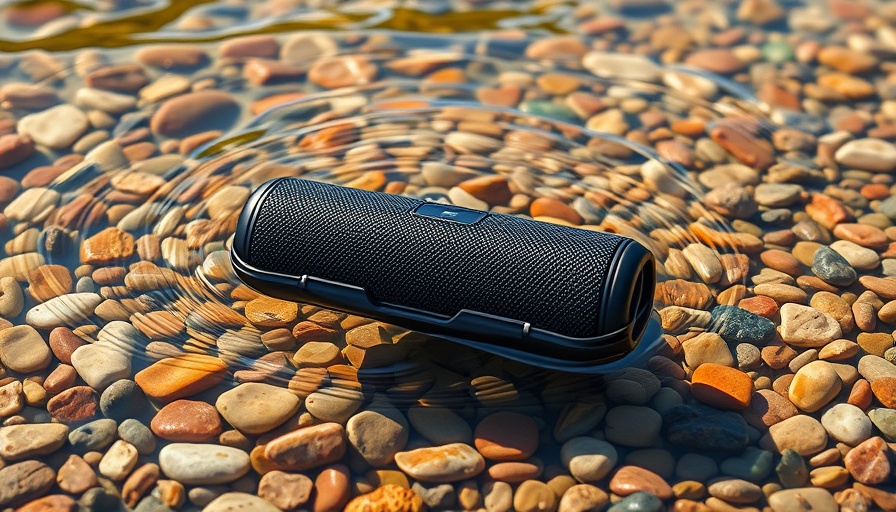
Understanding IP Ratings: The Key to Choosing Your Audio Gear
When investing in audio technology like earbuds, headphones, or portable speakers, durability is often a top concern. You want devices that can withstand not only daily wear and tear but also the unpredictability of the elements. This is where Ingress Protection (IP) ratings come into play, acting as a straightforward way to gauge the resilience of your audio gear.
What is an IP Rating?
An IP rating, or Ingress Protection rating, provides a standardized way to indicate how resistant a device is to dust and water ingress. Represented by a two-digit number, the first digit (ranging from 0-6) corresponds to the level of dust resistance, while the second digit (ranging from 0-9) assesses water resistance. Importantly, the absence of a number in one of the categories will be indicated with an “X”. For instance, an IPX4 rating means the device is not dust-resistant (the “X” indicates this) but can withstand splashes of water from any direction. These ratings give consumers a quick method to evaluate how well-suited a product is for their lifestyle and activity level.
The Importance of IP Ratings in Everyday Situations
As our lives become increasingly entwined with technology, having the right IP-rated audio gear becomes essential. Imagine jogging in the rain or attending a beach party with friends—having a pair of earbuds that can handle the splashes can save you from a frustrating experience. Products like the JBL Charge 6 and Soundcore Boom 3i not only offer quality sound but also the peace of mind that comes with a solid IP rating.
Breaking Down the IP Ratings
While all audio products may boast impressive features, not all are equipped to handle the same conditions. Here’s a quick breakdown of common IP ratings:
- IPX0: No protection against water.
- IPX1: Can withstand dripping water (1 mm/min).
- IPX2: Dripping water (3 mm/min) is tolerated at a 15-degree tilt.
- IPX4: Resistant to splashes from any direction.
- IPX7: Can be submerged in water up to 1 meter for 30 minutes—ideal for water sport enthusiasts.
As you see, the higher the number, the more protection the device offers against liquid damage.
Choosing the Right Device for Your Activities
Understanding IP ratings can guide your purchasing decision. For daily use in unusual weather, an IPX4 rating might suffice. However, frequent outdoor activities or water sports may necessitate a higher classification like IPX7, which can endure deeper immersion. It’s also important to look at the IP rating in relation to how you plan to use the device.
Future Trends: Where Are IP Ratings Headed?
The market for water-and-dust-resistant audio gear will likely continue evolving alongside consumer expectations. As manufacturers understand the roles durability and user experiences play, we can expect more products with higher IP ratings, making this tech increasingly suitable for rigorous lifestyles. Innovations in materials and design are expected to pave the way for more robust devices at appealing price points.
Common Misconceptions About IP Ratings
A frequently misunderstood aspect is that a higher IP rating guarantees complete water or dust-proofing. This is not entirely accurate. While a device with a rating of IPX8 may handle more extreme conditions than IPX4, there are still limitations. Factors such as pressure and temperature can significantly impact performance. Always refer to manufacturer guidelines for the best practices around maintaining your devices.
Final Thoughts: The User Experience
Ultimately, understanding IP ratings and their implications on your audio gear not only protects your investment but enhances your listening experience. The right choice ensures that your music accompanies you through all life’s messiest moments, keeping you in tune no matter the weather.
Equipped with these insights, consider how an IP-rated audio device could fit into your lifestyle and elevate your audio journey.
 Add Row
Add Row  Add
Add 




Write A Comment